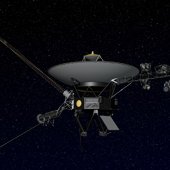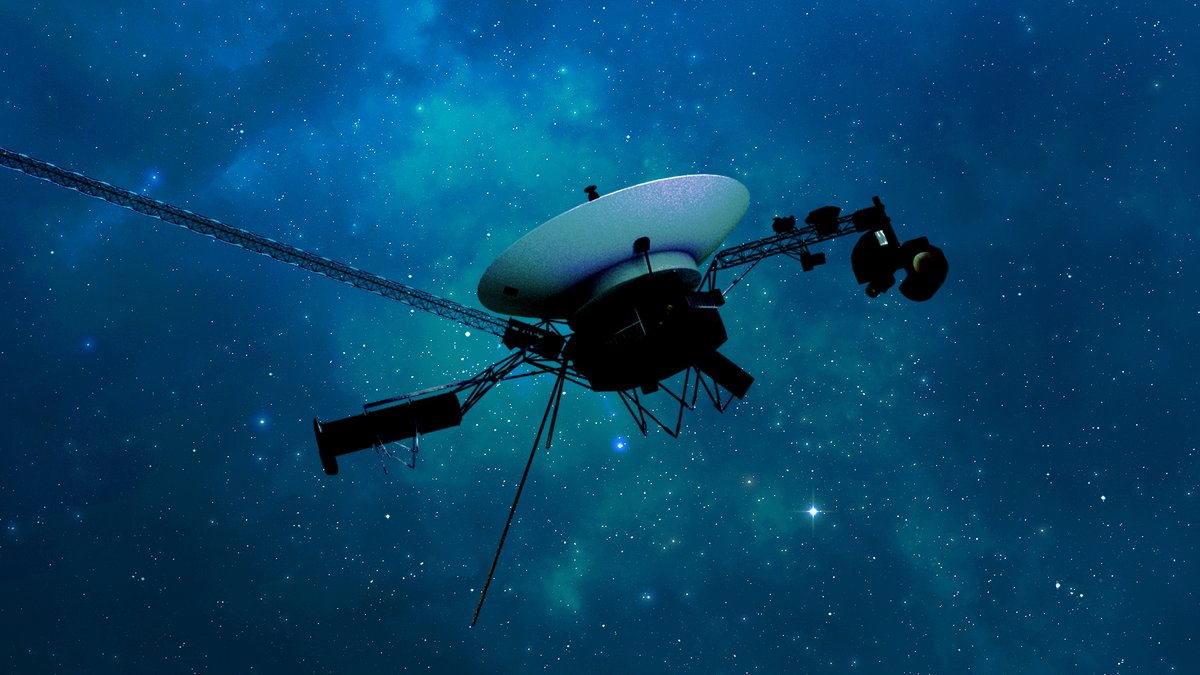
NASA Voyager
@nasavoyager
Official account for NASA’s Voyager 1 & 2 spacecraft, the longest operating spacecraft in deep space. 🛰 Team HQ'd @NASAJPL (Verification: nasa.gov/socialmedia)
ID: 180200031
http://voyager.jpl.nasa.gov/ 19-08-2010 01:53:16
476 Tweet
870,870K Takipçi
49 Takip Edilen

Many moons ago, we revealed our Golden Record to the world – and it's still traveling with us beyond the heliosphere. Congrats, NASA Europa Clipper and team, on this beautiful message. -V2






Still here. 👋 And still more than 15 billion miles (24 billion km) away from Earth. It takes my team about 22.5 hours to send me a command and another 22.5 hours for my response to get back to them. That will continue to increase the further I travel into interstellar space. -V1















